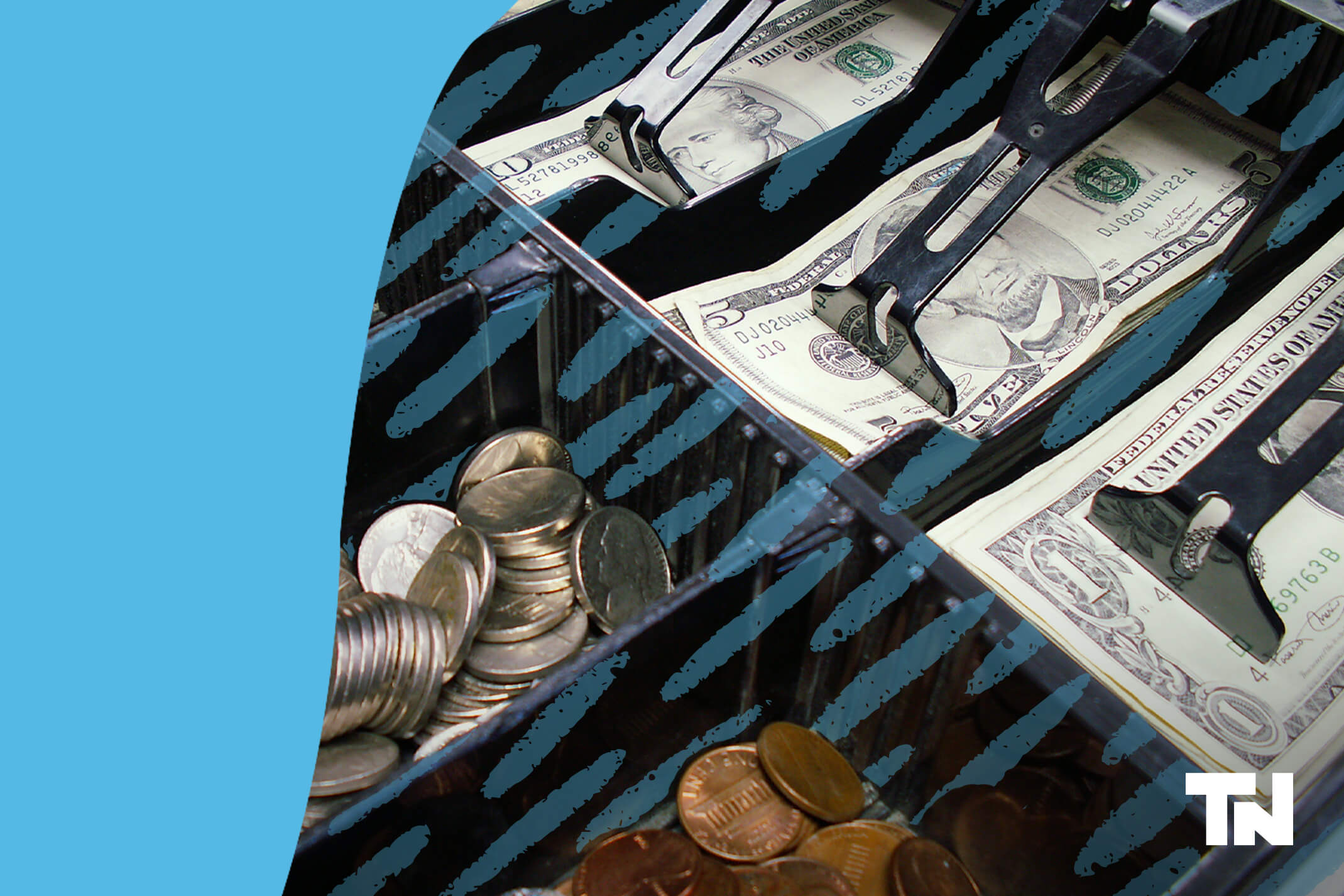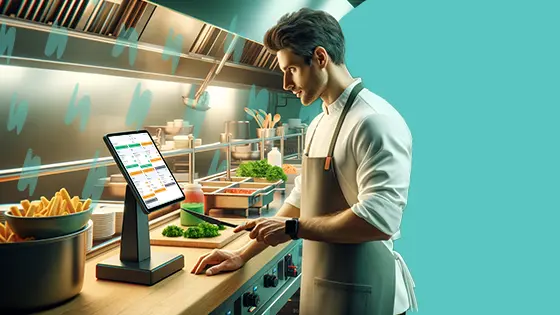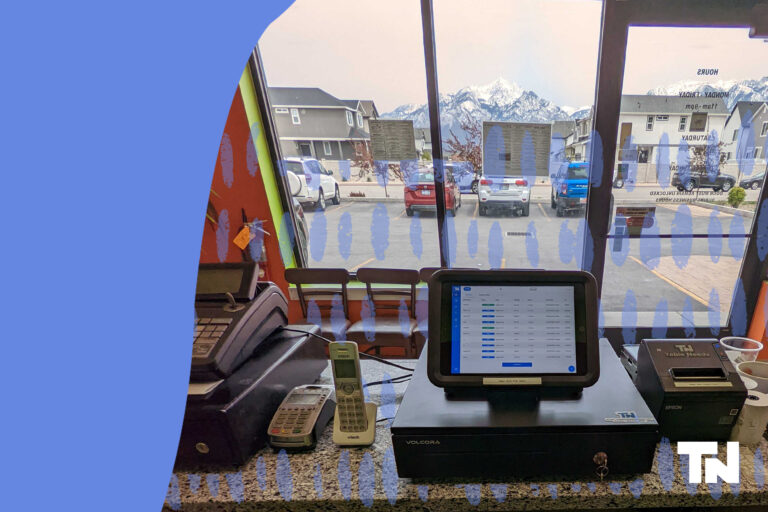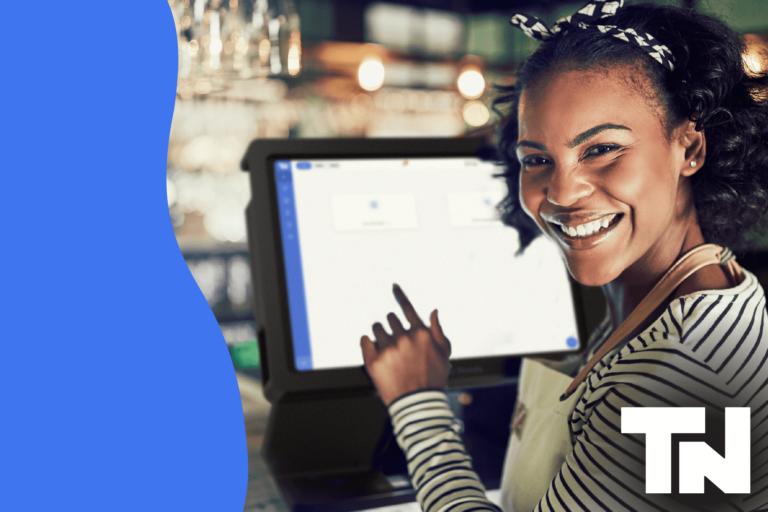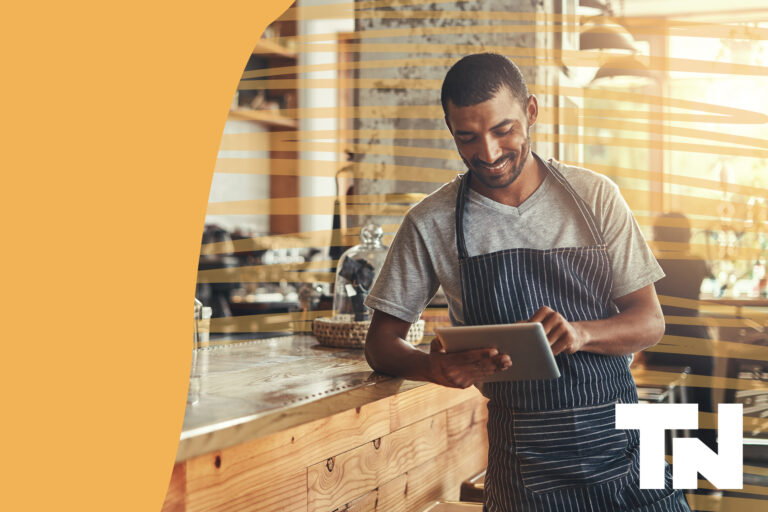Bulky, ugly and oh-so-old-school, cash registers manage to be vestiges in our all-but-cashless society. It’s 2022, though, and the switch is not just wise — it’s almost essential. That’s even the case for your corner snow cone shack where kids pay in quarters.
“There is nothing wrong with a good old cash register, but it is literally Civil War-era technology,” says Ben Simmons, CEO of Table Needs, a real-time, end-to-end restaurant technology solution, hosting menus, simplifying sales and ordering, and managing payments — both onsite and online. “Even the company that bought rights to the original cash register technology in 1881 eventually developed into a modern point-of-sale company (NCR).”
Naturally, there are huge benefits to ditching that clunker in favor of cloud-based technologies, the most obvious reason being you can accept a wider variety of payment options than if you’re cash-only. However, the benefits don’t stop there.
A cloud-based POS unlocks data
If you want to create a foundation for collecting and using data to grow your business, you need a solution that is from this century. As a result, It has never been more important — or attainable — to leverage that data for customer loyalty marketing and overall decision making.
“The old school cash register doesn’t aggregate your data into useful metrics and ways of seeing it,” Simmons says. “Anything you want to collect in terms of data is an extra step and something you have to think of — and do for — yourself.”
By unlocking that data, you can better understand the successes and pain points of your business’ operations and workflow. Data also helps map customer preferences. Those insights pave the way for informed decision making that can increase revenue.
A cloud-based POS saves time
It’s not uncommon for POS systems to require a lot of tinkering, managing and problem-solving. Beyond just taking payments, there’s online ordering, menu management and any number of integrated tools that are prone to “breakdown.” In the event something goes awry, individual vendors must be contacted to set things straight, never mind the fact that those multiple integrations can get costly. In the meantime, you have downtime and frustration among managers, staff and customers arise.
A modern POS, like the one from Table Needs, mitigates potential pitfalls. Our thoughtfully designed POS system requires no contracts and no integrations from outside vendors, either, while offering complementary set-up, an extensive training library and dedicated, ongoing support to ensure you hit the ground running.
Does making the switch to a cloud-based POS take a time to get used to? Sure, but less than you might think. With a little effort and established “muscle memory,” it’s possible to expedite ordering and payments, streamline processes, speed the delivery of orders to the kitchen and, by virtue, facilitate faster food delivery to diners.
“Really, it comes down to this — do you want your tech to help you manage your business, or do you want tech you have to manage?” Simmons says.
A cloud-based POS aligns your front and back-of-house
If your front and back-of-house operations feel incongruous, a modern POS system can help build that essential bridge — its built-in KDS is mission control for your team.
A modern POS system lets you customize routing through its order and pay system. Then, the KDS delivers orders in real-time to the right station, whether it’s cold prep, the bar or the grill. And it does so when the order is placed online, in-person or if it was added onto an existing tab.
There’s also an important fringe benefit: better communication between the back and front-of-house. Because everything happens in real-time, there’s no time lag in that communication. When everything works like a well-oiled machine, staff, customers and management are happier all around.
A cloud-based POS lends flexibility
Digital restaurant technologies usher in flexibility you just don’t have with a manual, pen-and-paper approach.
Whether you’re a seasonally focused restaurant with ingredient-driven availability, an eatery that sees sell-outs or a spot with certain dishes served during certain hours, a modern POS makes managing your digital menu easy and instant. Better still, it may do it all from a single source.
Consider this: you can easily modify items, whether it’s swapping out a side or adding variations. You can tag items with attributes (think gluten-free). You can even change dishes or prices on the fly, a real boon given current supply chain challenges that impact ingredient availability — not to mention to account for the rising cost of food.
Want to differentiate to go and on-premise item availability? A solid POS can do that, too.
Then there’s the matter of mobility. Unlike a heavy cash register that can’t be lugged around, a tablet-based POS system lets your team move seamlessly through your establishment, putting forth less effort to better effect.
A cloud-based POS streamlines processes
Given most businesses do accept credit cards these days, cash register holdouts find themselves in a bit of a pickle since there’s a disparate approach to how you take cash versus how you process credit cards.
“Unifying this is a reason many of our customers have switched from a cash register to a cloud-based point of sale,” Simmons says. “With our POS, they can use one system for everything and choose the form of payment later on. They don’t have to know if a customer is paying in cash or with credit at the beginning.”
Why? It all aligns automatically in the end.
With a unified system comes insightful reporting that’s linked to everything across your operation. That reporting lends sales, productivity and menu insights you otherwise wouldn’t have.
That matters — a lot. In the case of menu engineering, for example, reporting allows you to push more profitable dishes, as well as help you decide which ones to remove.
When it comes to your team’s productivity and your revenue, reporting helps optimize who’s on the floor, even know who’s upselling what and how much.
While making the switch from a cash register to a cloud-based POS system may seem scary at first, it pays dividends in the long run — especially when you receive support to set you up and walk you through.
Have questions? Want to learn more about how a robust POS solution can help sync your operations and improve your employee and customer experiences?
